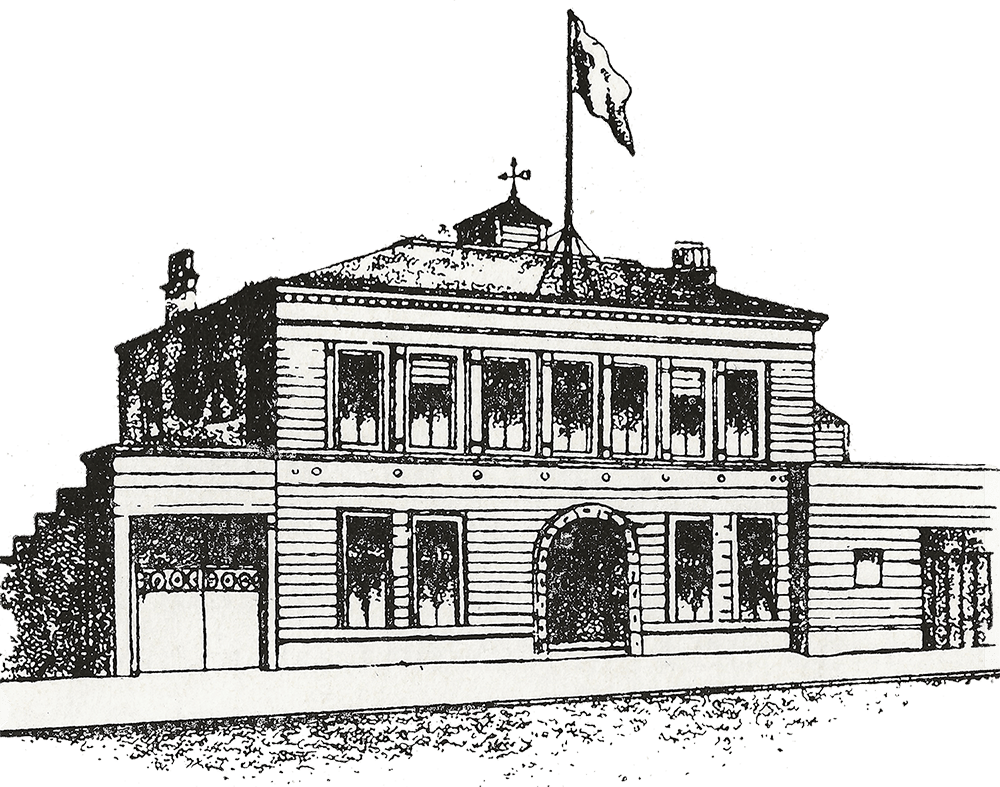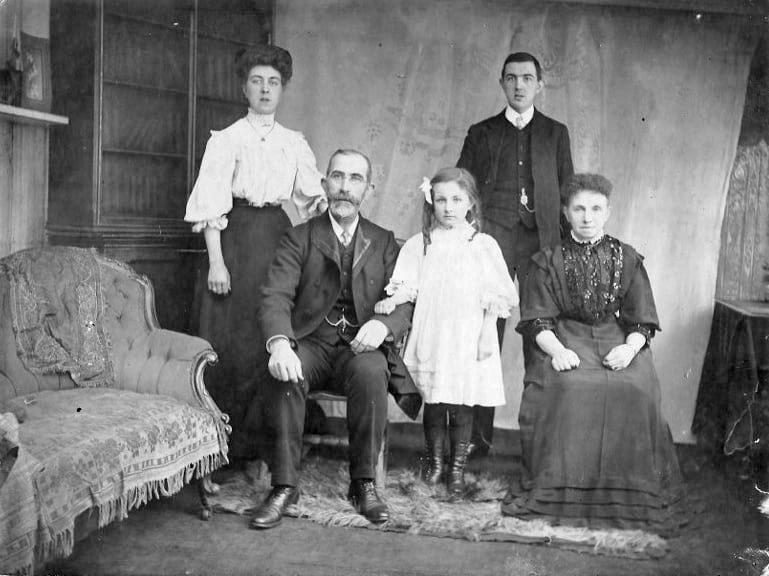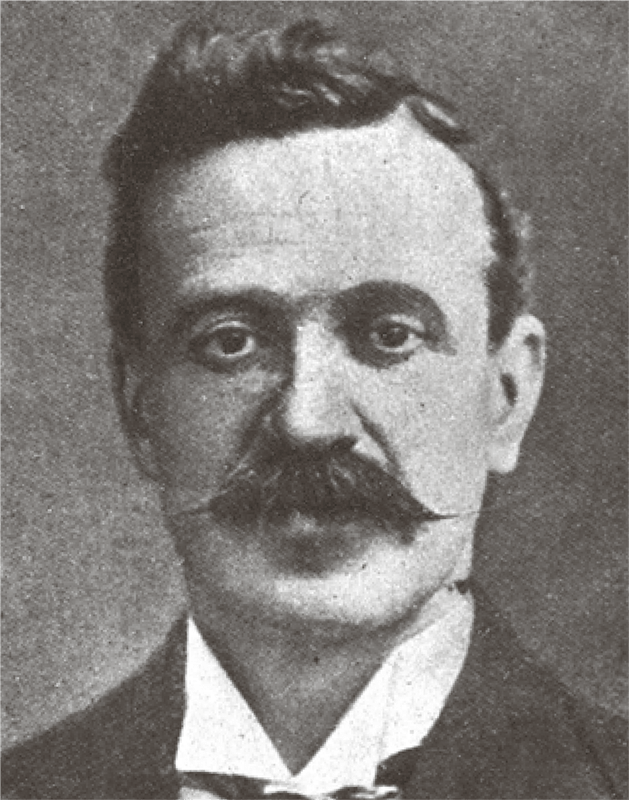The War Memorial Committee
Wednesday 25th June 1919 is a noteworthy date in Govan’s history, though most of us would be forgiven for not knowing why. It was the day on which a group of local councillors called a public meeting to consider establishing a War Memorial for Govan, to commemorate the sacrifice of local citizens in The Great War of 1914-18. As Bailie James Whitehead noted “Govan had taken a very prominent part in the war” and “it would be difficult to find any one place with the same population which had done more in “doing its bit” than the old burgh of Govan in connection with the Great War”.
Despite “a disappointing attendance”, the idea soon became a plan. Councillor James Somerville moved that the assembled group should “proceed with the erection of a Govan War Memorial and raising of funds therefor”. The motion was seconded by ex-Bailie William Munro and carried unanimously. Bailie Whitehead made a point of remarking positively on the number of ladies present, stating that the success of the venture would “depend largely on the ladies”.

The first meeting of the War Memorial Committee was held in the Court Hall, Police Chambers, Albert Street (now Orkney Street).
Having established the all male office bearers for the War Memorial Committee, a fund-raising target of £30,000 was quickly agreed. This sum may reflect an initial interest in funding something rather different from the finished War Memorial and indeed earlier in the meeting Councillor Somerville expressed the hope that the memorial would not be “something in the way of a statue or some useless piece of architecture” but rather “something of real public utility”, something to alleviate suffering”.
"Something of real public utility, something to alleviate suffering."
Among the fund-raising ideas immediately expressed, Bailie Whitehead confidently asserted “Rangers FC would give them a match or matches”. Other suggestions included flag days and public subscription, while Bailie Whitehead also felt able to propose that “the ladies could raise money by means of sales of work, cake and candy and other methods” and further asserted that “from what he knew of the workers, they would be quite prepared to give a certain amount off their wage over, say, a stated period for this object”.
"Something of real public utility, something to alleviate suffering."

William Munro with his wife Mary Ann Syme, son Alexander and daughters; Margaret and Williamina.
William Munro
The initial meeting to consider creating a War Memorial for Govan was not entirely without contention. Ex-Bailie Munro is reported to have stated at the meeting that he was “amazed to find the lack of interest in the remembrance of those men” who had fought in the war, both living and dead. Munro had himself lost a son, Alexander, at The Battle of the Somme in 1916. William Munro was the original owner of our rediscovered Roll of Honour.

Above: James Whitehead Chair of Committee
